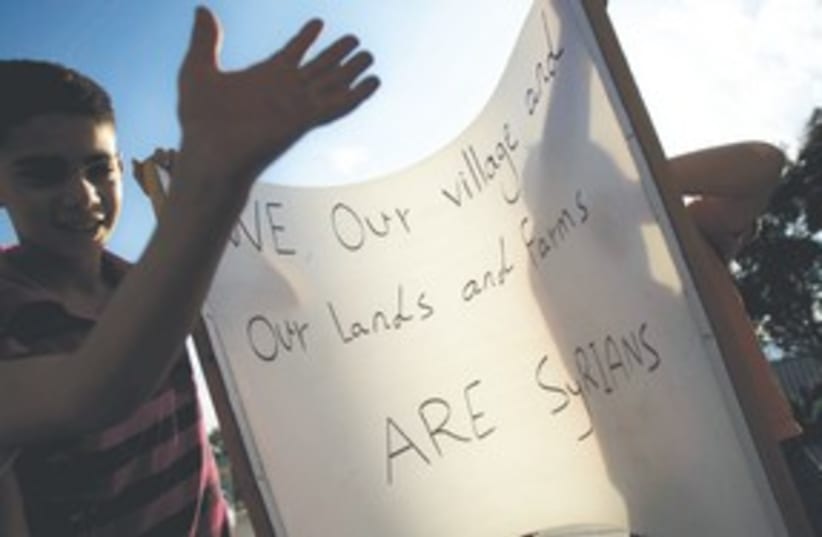Hilary Leila Krieger, AP and Jerusalem Post staff contributed to this report.
Security Cabinet okays Ghajar unilateral withdrawal
Residents of village on Lebanon border take to the street in protest: We are fighting for the village so that it won’t be divided.

Hilary Leila Krieger, AP and Jerusalem Post staff contributed to this report.